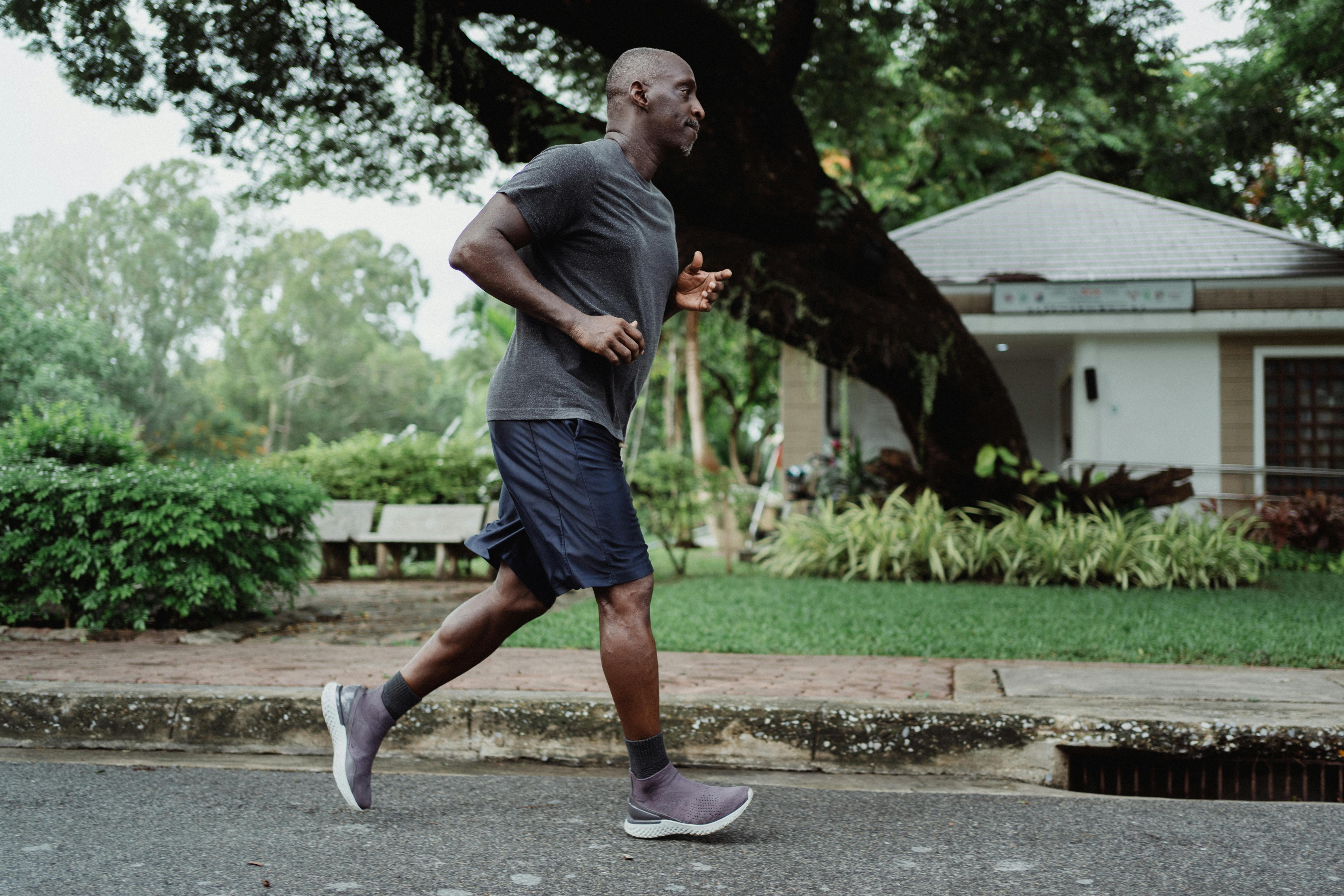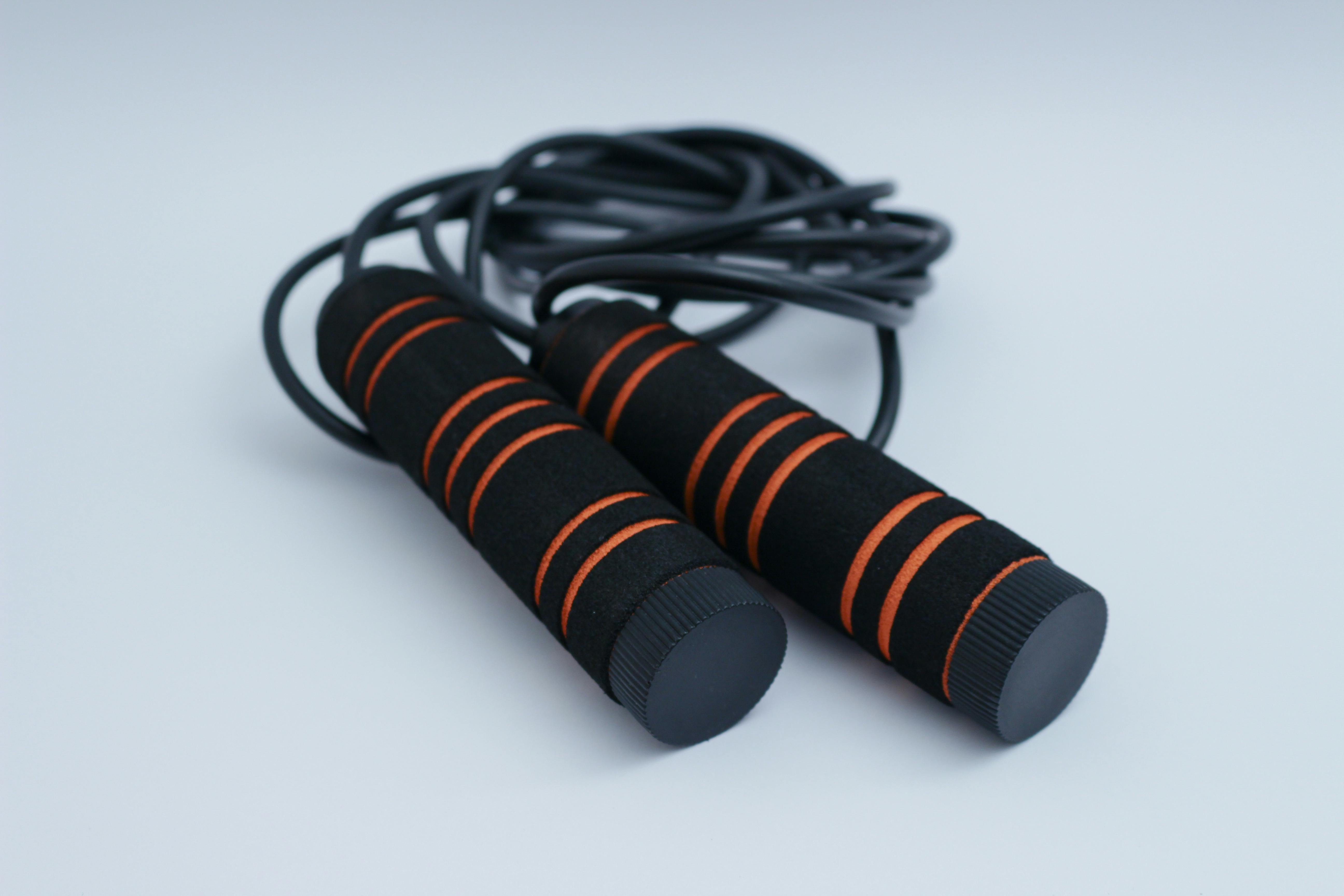My dog is constipated, what should I do?
Like their owners, almost all dogs periodically suffer from constipation; Some more than others. In most cases, simple precautions and home remedies work enough to help them. However, if the problem gets out of hand, it could become serious, costly, and possibly fatal.
Owners of dogs on medications, inactive dogs, seniors, and seniors should pay extra attention when their dog is engaged in toileting. They are commonly known to be more prone to constipation difficulties.
Dogs with pica are also prime candidates. Pica is a disorder in which a dog habitually eats inappropriate items, usually indigestible. For example: bottle caps (metal or plastic), coins, balls, screws, nails, stones, ropes, wood, concrete, clothing, pillows, and stuffing for toys and toys. These items may cause a block, preventing them from being removed.
The forms of physical blockage due to health problems are: tumors, polyps and intestinal intussusception. Intussusception occurs when one section of the intestines pushes into another section causing an obstruction. These are serious conditions that require immediate veterinary attention!
Certain medications can cause elimination problems. Learn about the side effects of all medications prescribed for your pet. If you know the side effects, you may be able to prevent them.
Stress, thyroid problems, parasites, low-fiber dog food, trauma, lack of exercise, and dehydration are also on the list of possible sources of blockage.
Rawhides are a common cause of not only choking, but also obstruction. Do your dog a favor. Play Mr. Wizard by cutting off a piece, place it in a glass of water overnight and watch it grow! Even a small piece caught in his intestines could not only cause a blockage, but also cause his intestines to rupture.
Your dog is most likely telling you that he needs help. Watch for straining, vomiting, appearing lethargic, difficulty walking, discharge of mucous when eliminating, shuffling, dry, hard stools, whining, restlessness, weight loss or bloating abdominal pain, seem stressed/uncomfortable and/or show no interest in food. You and your dog may have a problem.
If the situation has not reached the critical stage, some home remedies can help them get through this painful moment. Here are some proven suggestions:
To be prepared. You should have on hand, milk, canned pumpkin (not pie filling), Mylanta Gas, GasX, and Metamucil, bran or unsweetened bran cereal, chicken or beef broth, dog stool softeners, canned wet food, and oil. olive or mineral oil. Some also recommend aloe juice.
Ways to help your dog include:
Water, water, everywhere! Have several bowls of water strategically placed around the house and garden. Often just finding a new bowl of water somewhere is enough to tempt them into taking a few licks.
Ice cubes! Most dogs love ice cubes. It’s a nice way to make them think they’re getting a treat… and you know they’re getting hydrated.
Tenderize your food. Adding water or broth to dry food and allowing it to soften and swell in the bowl, before giving it to your dog, often makes it easier to digest and expel. It can also help prevent swelling.
Mylanta Gas, GasX, or Metamucil can help alleviate discomfort before your dog has a serious blockage. Sprinkle or mix a tablespoon of Metamucil on or in your food. Make sure your dog drinks plenty of water after the Metamucil!
A tablespoon or two of plain canned pumpkin (not pie filling) mixed into your meal not only adds nutrition, it’s high in fiber! This can be used as a preventative measure or as a remedy.
A little olive oil, mineral oil, or the oil from a tuna can added to their food can help lubricate them. You can even give them a little treat by adding the tuna. It may inspire a dog who isn’t interested in eating to take a few bites.
Canned salmon is high in Omega-3 oils. Mix some into your dry food as a treat every once in a while. Most dogs love fish!
Don’t forget the fruits and vegetables! Green beans, fresh or frozen, are high in fiber. Add a handful to your regular diet. Some dogs love carrots, watermelons, bananas, and apples. A few small pieces can add needed fiber to your diet in a nice way. Do not give them grapes or raisins!
Smaller portions, more feedings. Instead of feeding your pet once or twice a day, give him his usual amount, but in smaller portions spaced every few hours.
For those fast eaters who don’t chew, let alone taste their food, there are specially designed bowls, with a large “ball” in the center. The dog has to work around the ball so it doesn’t inhale the food.
For larger dogs, about a half cup of milk can get the pipes back on track. For little ones, a tablespoon or two should do the trick. You can also add some bran or unsweetened high-fiber cereal to the milk. What a special gift!
Some dog owners add a tablespoon or two of plain yogurt or cottage cheese to their dogs’ daily diet to keep them regular. It also makes meals a little more appealing than just dropping a plate of dry food.
Exercise, exercise, exercise! If your dog is a swimmer, great! It is a wonderful way to exercise your pet. Otherwise, a couple of short walks a day can help get things moving. It won’t hurt you either! Three or four 20-minute walks, spaced throughout the day, can help.
For older and older dogs, get them food made especially for them. They generally contain more fiber. Keep an eye on the grain content. Look for low-grain dog foods.
For puppies, a warm, damp towel sometimes helps. They don’t get constipated very often, but if they do, dampen and warm a towel, place your pup on their back, and gently rub their tummy from front to back. Typically, only a few swipes are needed. Her mother did this with her tongue, when they were in the litter, to stimulate them to urinate and defecate.
Now for the serious stuff! If your dog has been suffering from constipation for more than two days, take him to your vet. They may be able to treat them with IVs, suppositories, and/or enemas before you reach the critical stage. Complications from constipation can include what is known as a megacolon. That is the advanced stage where the stool is too hard and dry to pass. It will require surgery.
Constipation, also known as intractable constipation, occurs when the blockage is so dangerous that neither gas nor stool can pass. Again, this will likely require surgery.
As gross as it sounds, dog owners need to be aware of their dog’s “normal” habits and bowel movements. That not only sets off an early warning sign, but it can also help to recognize when your dog is back on track. Note: Diarrhea does not necessarily mean that the problem has been resolved. Loose bowel movements can be constricted by obstructions.
Bottom line: It’s always better to prevent a situation than to have to deal with it. A few precautions can help prevent your dog from experiencing discomfort and pain. The most important thing to know is when you can no longer help them; take them to your vet before it’s too late.


